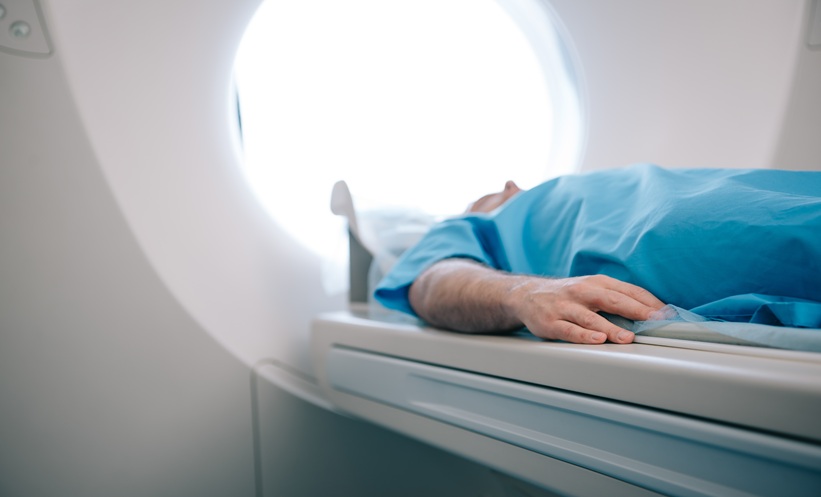CHRONIC hepatitis B (CHB) is a significant global health burden, and an increasing number of patients are now experiencing hepatic steatosis, commonly known as fatty liver, alongside their infection. Affecting roughly 30% of CHB patients, hepatic steatosis arises from both viral and metabolic factors, with metabolic risks like obesity playing a leading role. This overlap not only complicates clinical outcomes but also poses challenges in predicting liver-related complications and cardiovascular risks.
Traditionally, ultrasound has been the first choice for assessing liver fat, but newer imaging technologies are now offering more precise insights. Among them, computed tomography (CT), while not typically used for this purpose due to radiation concerns, has shown potential for opportunistic screening. When used for other reasons, like hepatocellular carcinoma (HCC) surveillance, CT could also help assess fatty liver using advanced tools such as 3D automated volumetric analysis.
In a recent study, researchers explored this approach. They used automated 3D segmentation to analyse CT scans of patients with CHB and found that liver attenuation values, a marker for fat content, could reliably indicate the presence and extent of steatosis. Interestingly, liver measurements alone performed better than those adjusted for spleen values, likely due to spleen changes in CHB patients. However, CT’s effectiveness appeared to decrease in patients with severe liver fibrosis, as fibrosis can alter CT readings.
This highlights the need to consider liver stiffness when interpreting CT-based fat assessments. Despite this, the study demonstrated good consistency between traditional 2D and newer 3D methods, although they are not fully interchangeable.
While promising, the study acknowledges its limitations, such as reliance on transient elastography rather than gold-standard MRI, and variability in CT scan settings. Still, the findings pave the way for broader use of CT in managing CHB patients, especially when ultrasound is inconclusive. In conclusion, automated 3D CT analysis offers a promising tool for evaluating hepatic steatosis in CHB patients, potentially enhancing disease monitoring and personalised care.
Reference
Yoo J et al. Three-dimensional organ segmentation-derived CT attenuation parameters for assessing hepatic steatosis in chronic hepatitis B patients. Sci Rep. 2025;15(1):11747.








